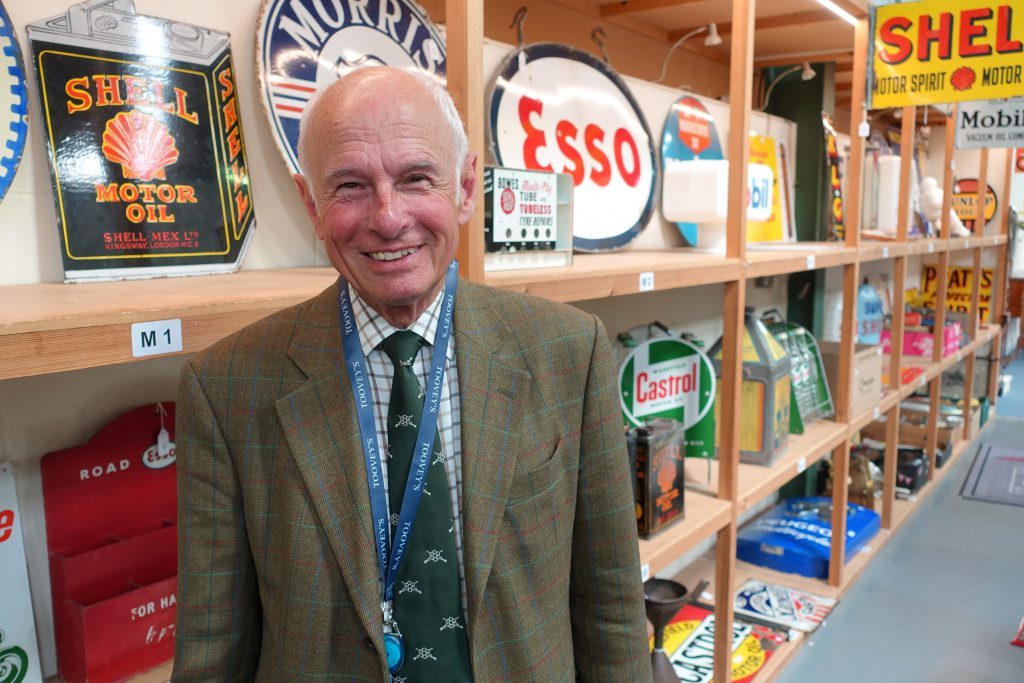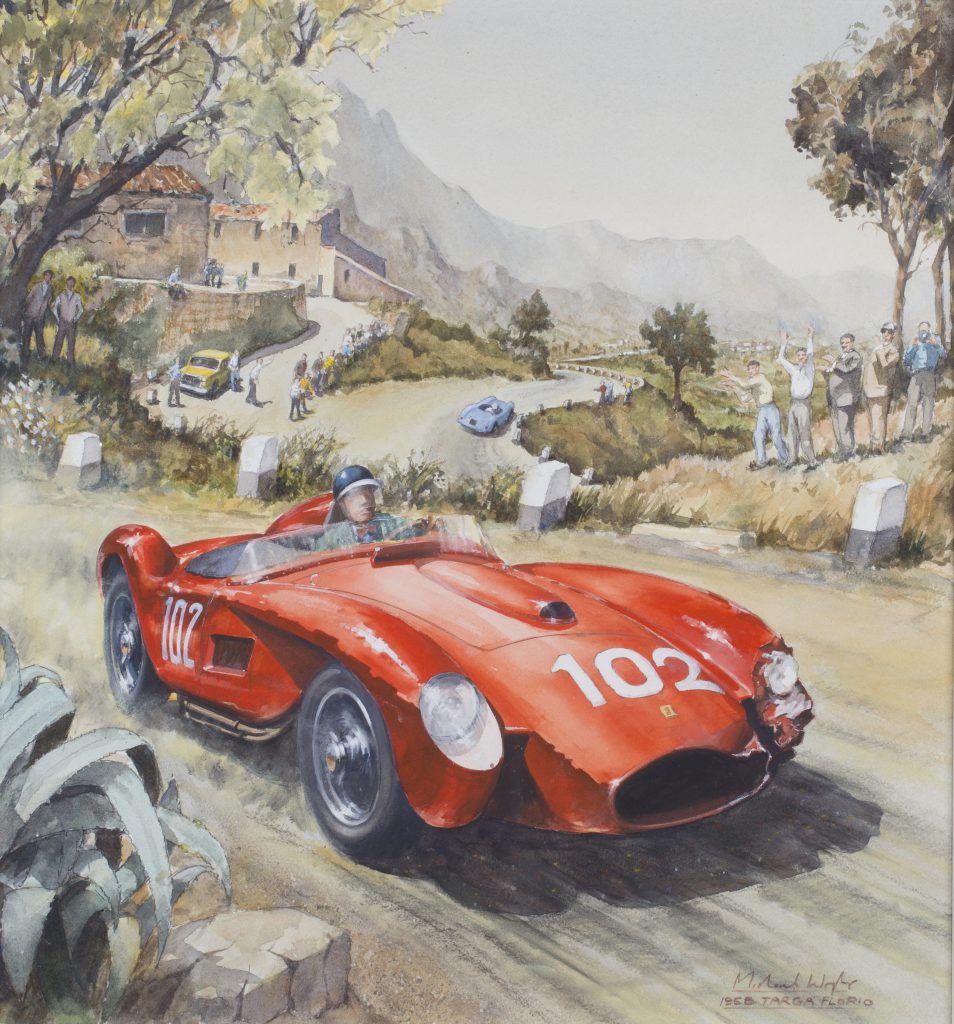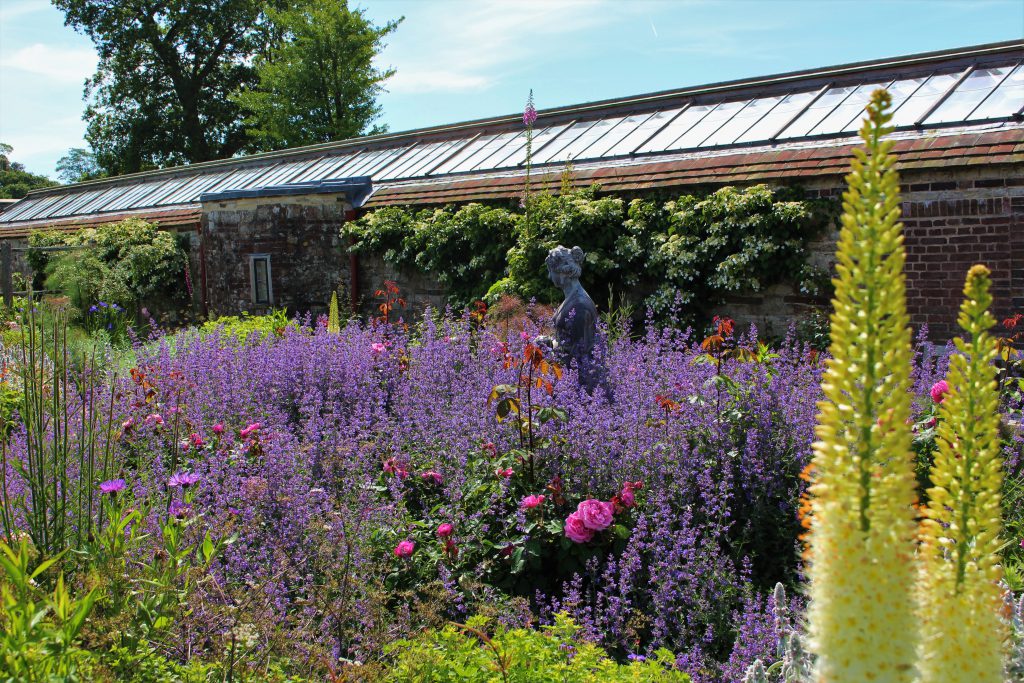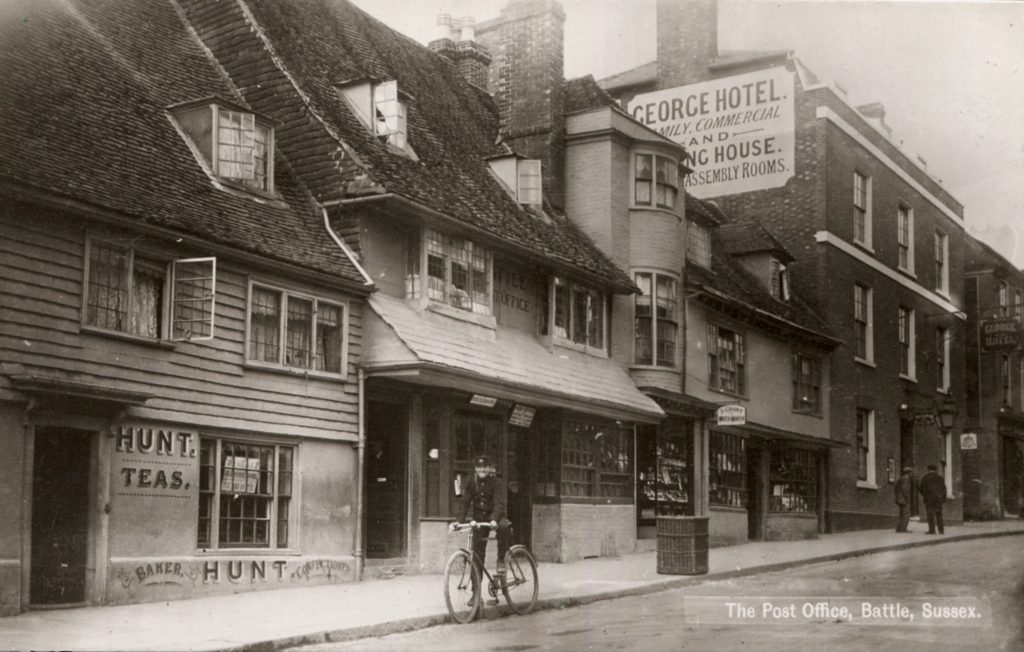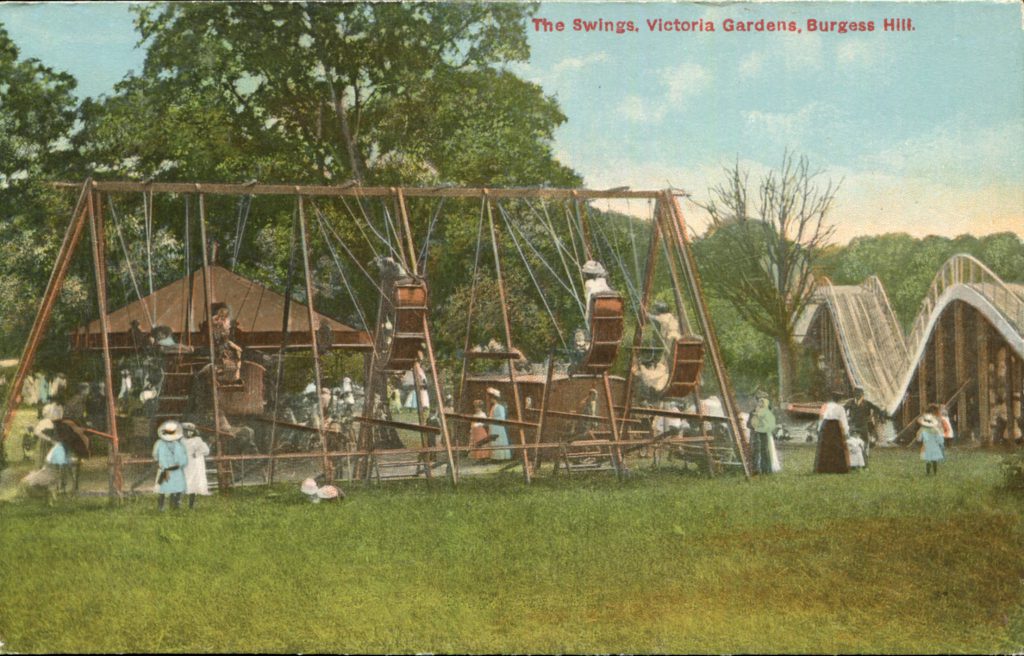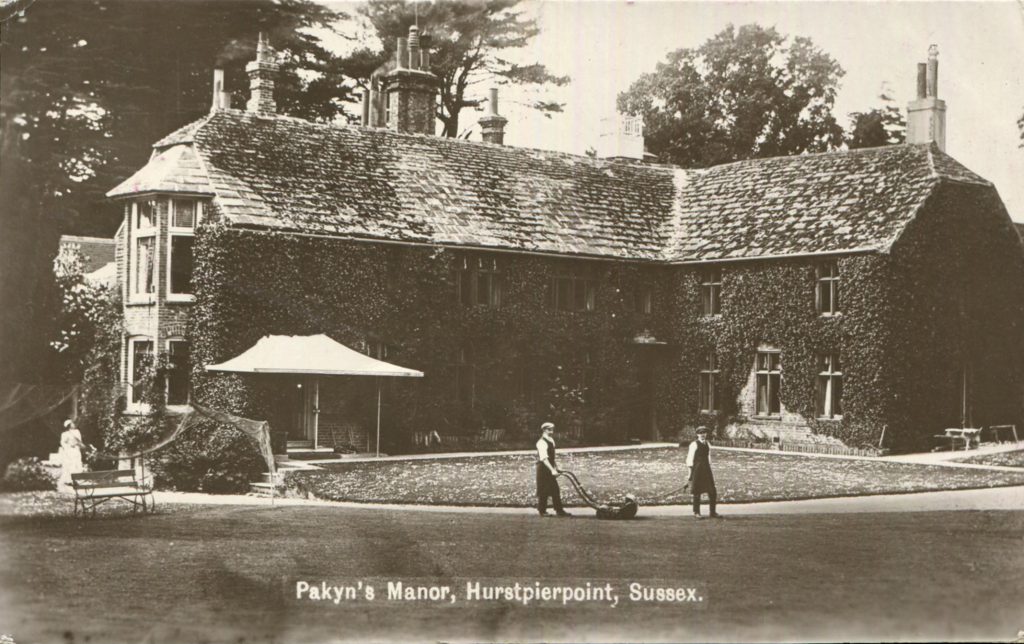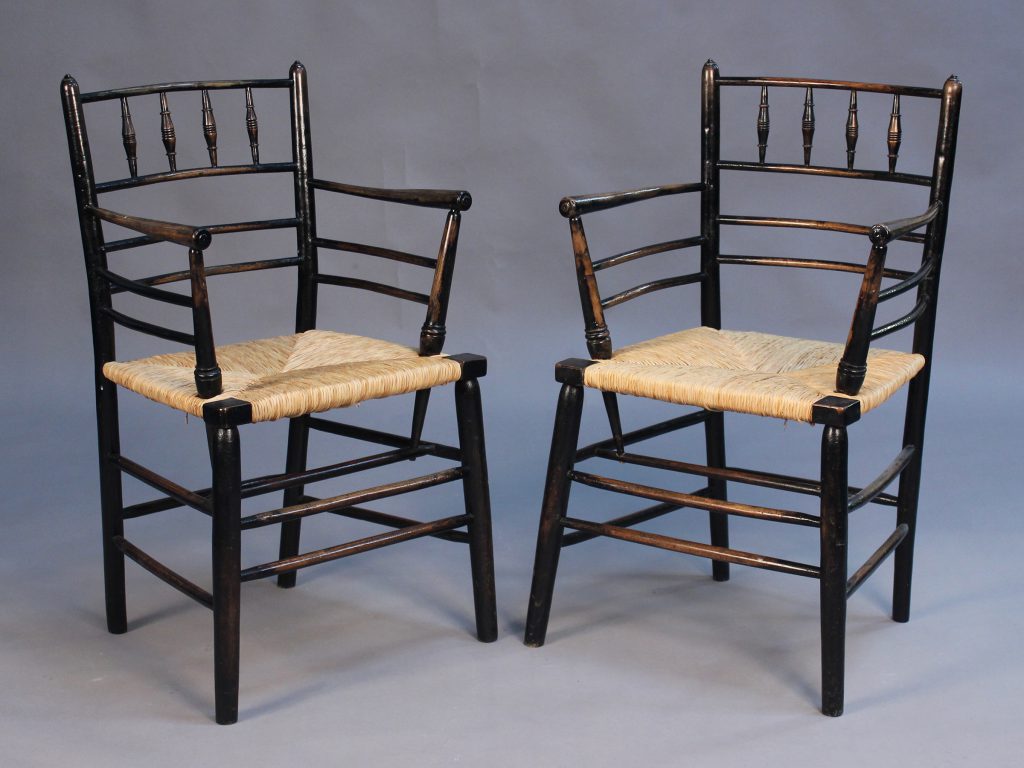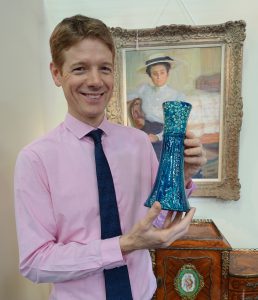
There was much to celebrate at this year’s Silver Jubilee Goodwood Festival of Speed.
I arrived on the Friday to be greeted by the wail of the Jaguar XJR-9. The sound of its 7.0 litre V12 engine at high revs is hugely evocative. I remember watching Martin Brundle, Andy Wallace and John Neilsen win the 1988 1000km at Brands Hatch. I’ve never forgotten the sound and the flames coming from the exhaust as the car raced through the woods of Dingle Dell.
Andy Wallace would go on to win Le Mans that same year in the Tony Southgate designed XJR-9 with fellow drivers, Johnny Dumfries and Jan Lammer. The scale of Jaguar’s achievement becomes apparent when you consider that between 1981 and 1987 Porsche had won seven consecutive Le Mans. Porsche first competed at Le Mans in 1951 and has won at the famous Circuit de la Sarthe on 19 occasions with 17 outright victories; more than any other manufacturer.
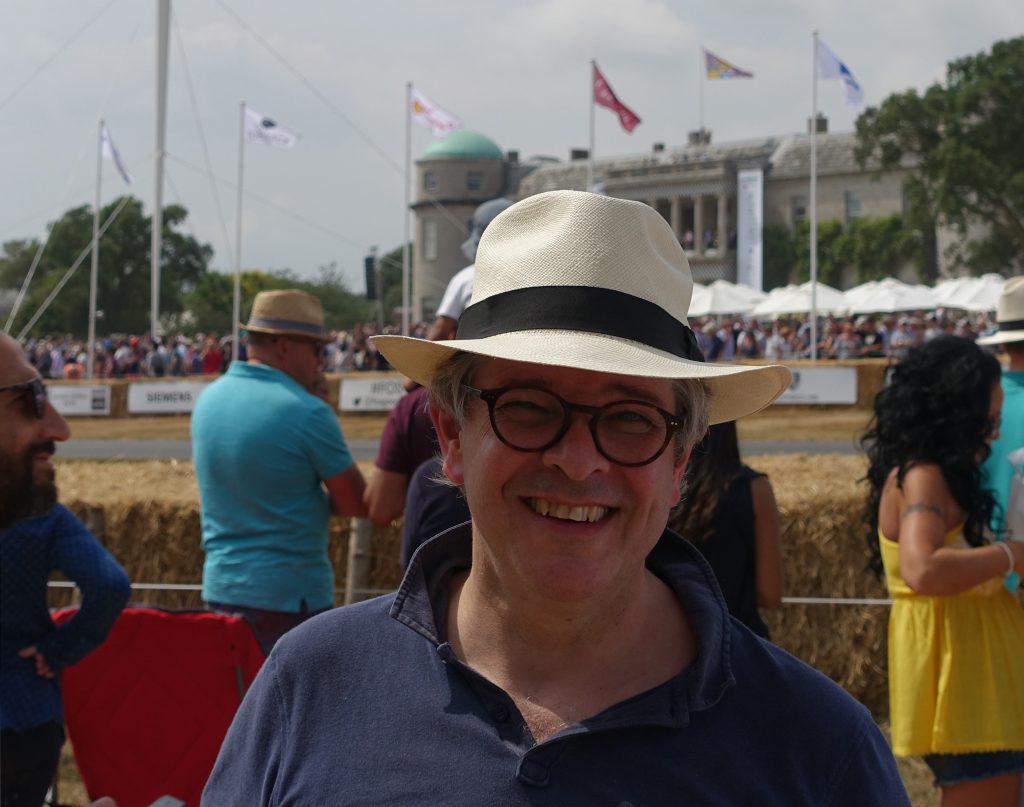
Porsche celebrated 70 years of motorsport success at this year’s Festival of Speed. The magnificent installation on the lawns of Goodwood House suspended a number of icons of Porsche automotive design high above the crowds.
On the hill climb the crowds were treated to an array of racing Porsches which included an example of the Porsche 962C which won Le Mans in 1986 and 1987 at the hands of British Driver Derek Bell. Porsche GT racers, Rally cars and Single seaters were also keenly represented.
The Cosworth years were also celebrated. From 1968 the 3.0 litre V8 Cosworth DFV engine transformed the opportunities of numerous Formula 1 cars and teams. Amongst these was the Matra–Cosworth MS80 run by Tyrell which swept Jackie Stewart to victory in the 1969 World Championship. Stewart would win two more Formula 1 World Championships with the Tyrell–Cosworth 003 and 006 in 1971 and 1973. It was poignant to watch Jackie Stewart driving the Matra–Cosworth up the Hill followed by his two sons Paul and Mark in the Tyrells.
Interviewed at Goodwood after the drive with his sons Sir Jackie Stewart reflected fondly “Goodwood has a habit of bringing everyone together.” The weekend had the atmosphere of a huge motoring party.
As the exuberant sound of the racing cars and bikes at Goodwood Festival of Speed ended the cacophony of sound, the smell of racing oil and tyres and the spectacle of speed and colour faded to memory and thoughts turned to the evocative 2018 Goodwood Revival. This year’s three-day event will be held on the 7th – 9th September. The Goodwood Revival celebrates the halcyon days of motor racing with the accompanying glamour of the 1940s, ’50s and ’60s. For more information or to buy some of the few remaining tickets visit www.goodwood.com.
By Rupert Toovey, a senior director of Toovey’s, the leading fine art auction house in West Sussex, based on the A24 at Washington. Originally published in the West Sussex Gazette.
